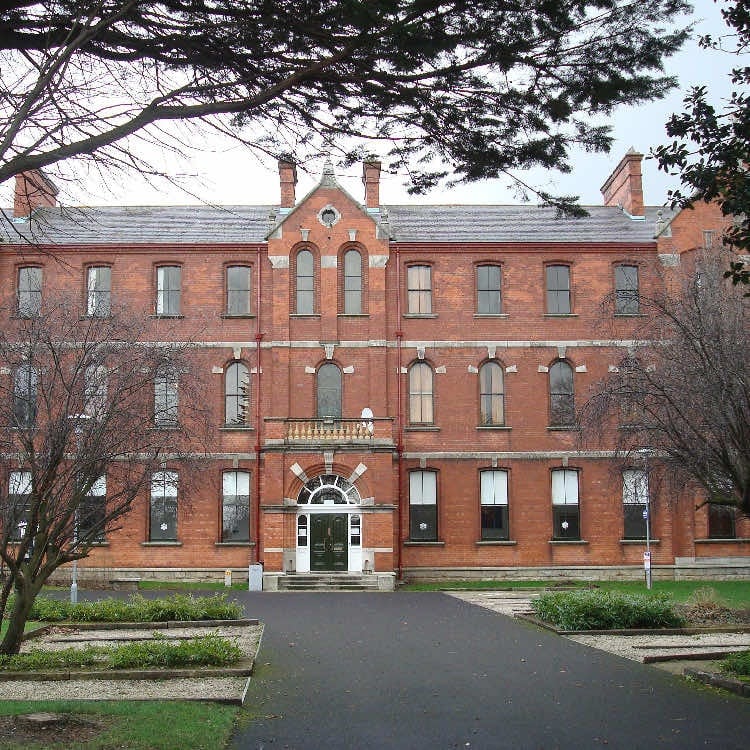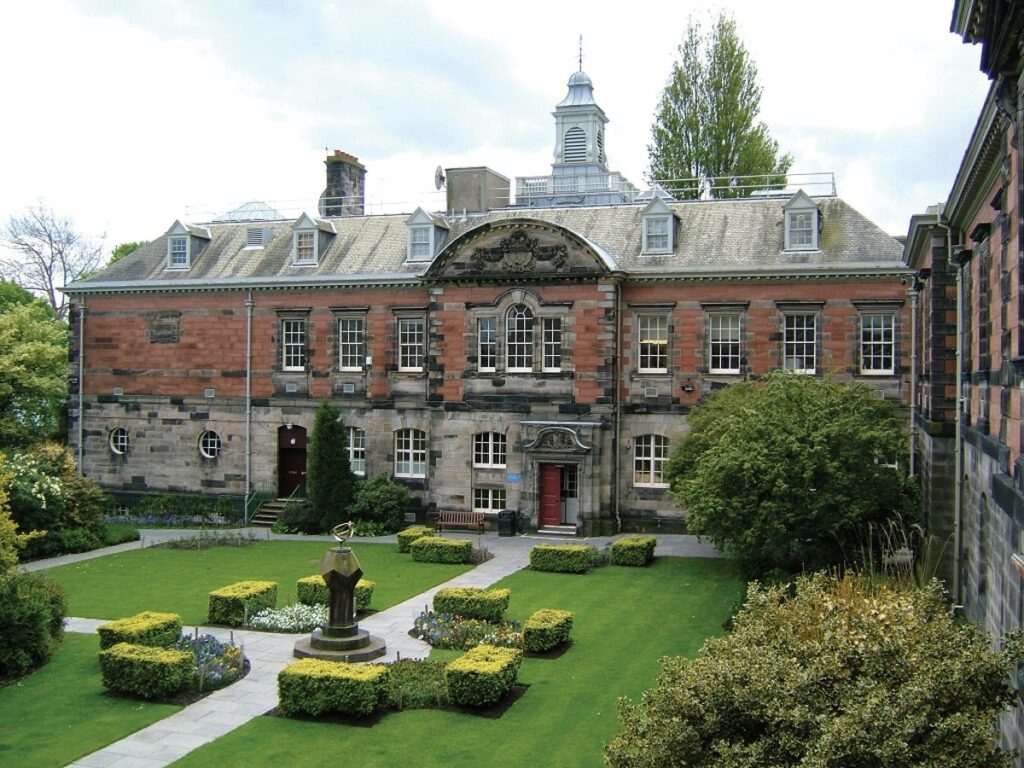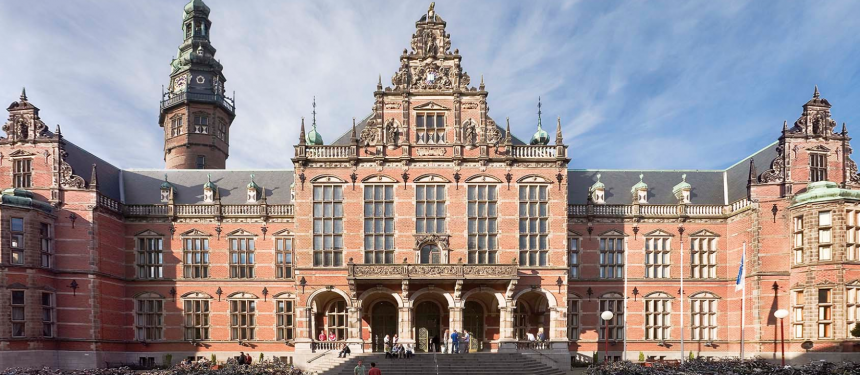All Environmental Design
More and more, the residents and managers of cities are looking for natural, eco-friendly solutions to the problems of urban development. Judicious use of green spaces, for instance, can stabilize the local climate, reduce pollution, prevent flooding, and even improve the mental health of locals.Applying such techniques most effectively, and expanding cities with the least amount of ecological disruption, is the business of environmental design. This is an interdisciplinary bachelor’s degree, often earned by students intending to pursue further studies in architecture, urban planning, or landscape design.The curriculum lies at the intersection of economics, architecture, product design, city planning, landscape architecture, and ecology. A bachelor’s degree typically takes four years to complete and covers topics like energy-efficient building design, engineering healthier ecosystems in an urban environment, pollution and stormwater management, social and economic sustainability planning, and urban agriculture.Many universities require students, or offer them the option, to spend at least one semester studying at a different institution or even abroad. University-organized internships are less common, as this bachelor’s degree is primarily organized to facilitate further studies. Students will, however, be offered extensive practical training and exercises in a variety of subjects.



